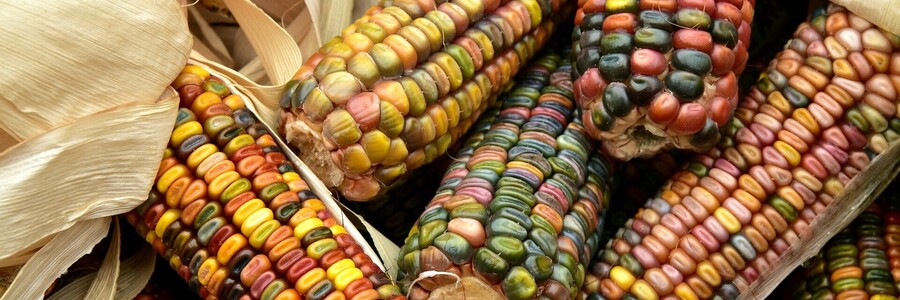Future scenarios of agricultural yields
This is the conclusion of a study conducted by the NASA Goddard Institute for Space Studies, the Earth Institute of Columbia University New York and the Potsdam Institute for Climate Impact Research with the aim of calculating the most accurate possible future scenarios for agricultural yields worldwide. According to the study, farmers worldwide will have to adapt more quickly to the consequences of climate change, such as heat waves, droughts, changes in rainy seasons or heavy rainfall events. Countries in the tropical and subtropical regions of the global south are particularly affected.
Declines in maize, rice and soybean harvests to be expected
According to the study, if agriculture in these countries does not adapt to climate change, yields will drop sharply, especially for maize. For example, computer simulations show that with strong global warming, maize yields could fall by almost a quarter from 2070 to 2100. The onset of global negative changes in crop yields could occur as early as 2032 for maize, according to the study, and continue from 2037 in temperate climates, which account for 81 percent of total production. Overall, the extent of negative climate change impacts extends to 74 percent of global maize acreage. Previously, maize yields were expected to increase, which is particularly crucial for food security in the global South.
According to the model, in addition to the reduction in maize yields, a significant drop in rice and soybean yields would also be possible as a result of climate change. Only wheat yields could increase by up to 17 percent. Particularly alarming: these four food crops provide 90 percent of the calories consumed worldwide! In many of the world's important granaries, yields could be significantly lower within the next few years, putting food security at risk.
Our project in Malawi
In the global South, hundreds of millions of small farmers are directly dependent on agriculture. This is also the case in Malawi, for example. Here, too, much of the agriculture is mainly maize grown in monoculture. Yields are already falling continuously because forests are being cleared to create fertile agricultural land. Due to the resulting lack of rooting in the soil, the top layer of fertile soil is washed away during heavy rainfall events, thus reducing crop yields. If the possible development of crop yields shown in the study proves to be true, the already meagre yields will shrink even further - hunger could be a consequence here.
A sustainable agricultural perspective is urgently needed here to reduce the dangers associated with monoculture. Therefore, in our project in Malawi, we train farming families in the method of dynamic agroforestry. Here, in addition to a large number of indigenous trees, food is also cultivated on the same area - without fertiliser and with high yields. The focus of the cultivation and reforestation method is thus on the establishment of a near-natural, diverse planting system that provides food, creates environmentally friendly agricultural systems and reforests at the same time.
Help us to support farmers in Malawi!

